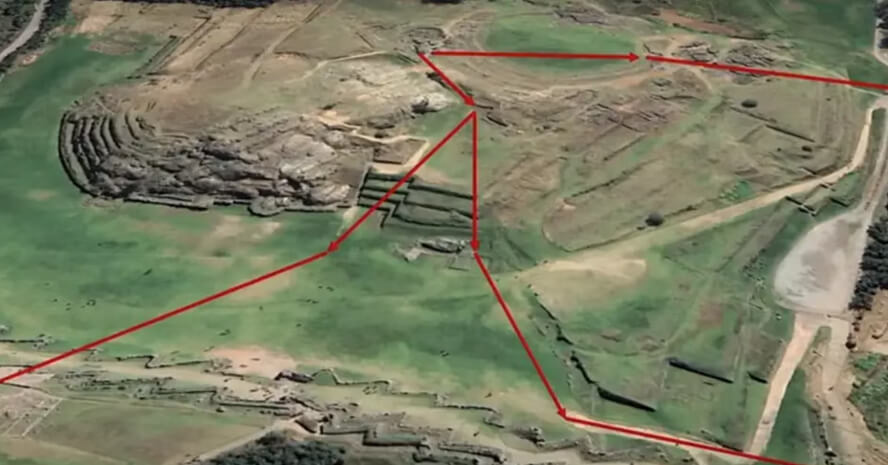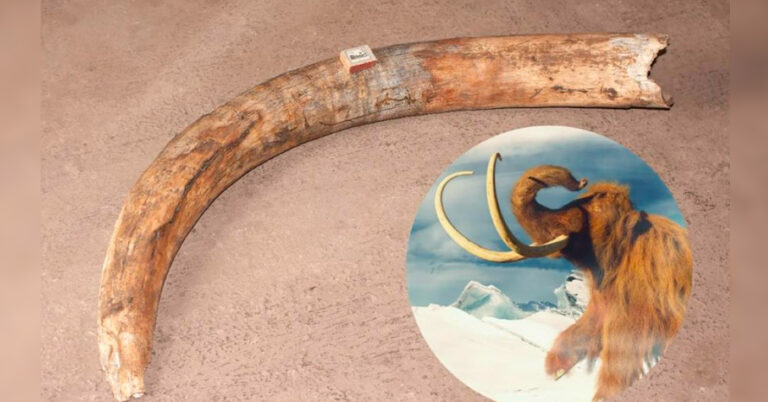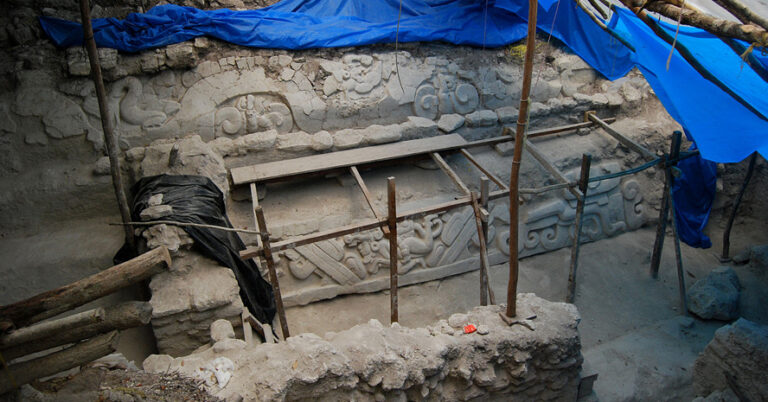For centuries, rumors swirled about a vast underground tunnel system hidden beneath the ancient city of Cusco, Peru. Now, archaeologists have confirmed that these long-rumored passageways—some stretching over a mile—are real, revealing a sophisticated subterranean network that once connected the Incan Temple of the Sun to key locations, including a massive fortress.
A Lost Labyrinth Rediscovered
The existence of these tunnels, known as a chincana, had been mentioned in historical records dating as far back as the 16th century, but no physical evidence had been found—until now. Archaeologist Jorge Calero Flores and his team recently announced their groundbreaking discovery, confirming that the tunnel system extends from the Temple of the Sun (Coricancha) to the fortress of Sacsayhuamán, located just over a mile away.
According to the Peru Archaeologists Association, the underground system consists of a primary tunnel with three smaller branches. One leads to the Church of San Cristóbal, another to an area near the fortress, and the third to a site known as Callispuquio.
The tunnels, approximately 8.5 feet wide and 5.2 feet high, were likely large enough to allow for the passage of people—and possibly even Incan nobles transported on ceremonial litters, Flores suggested.
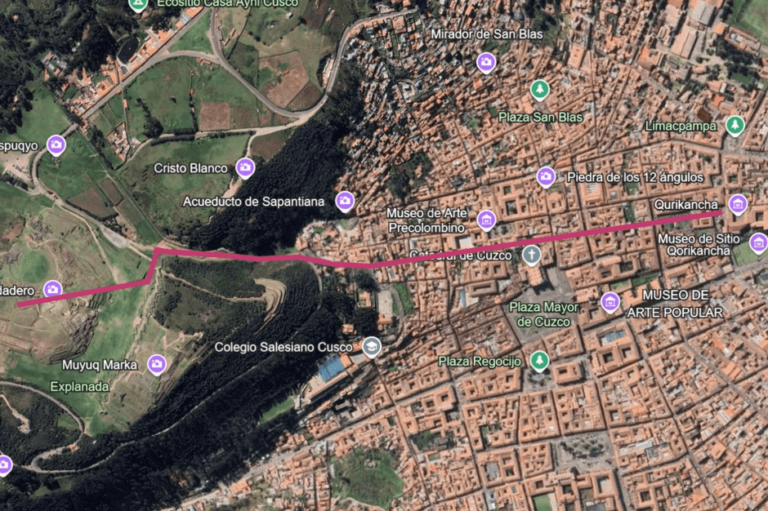
How the Incas Built Their Secret Tunnels
Archaeologists determined that the Incas constructed the tunnels using a method known as cut-and-cover. They first dug trenches, reinforced the walls with precisely cut stone, and then placed massive carved beams overhead to form the ceiling before covering everything back up with earth. This sophisticated engineering method helped the tunnels withstand centuries of environmental changes.
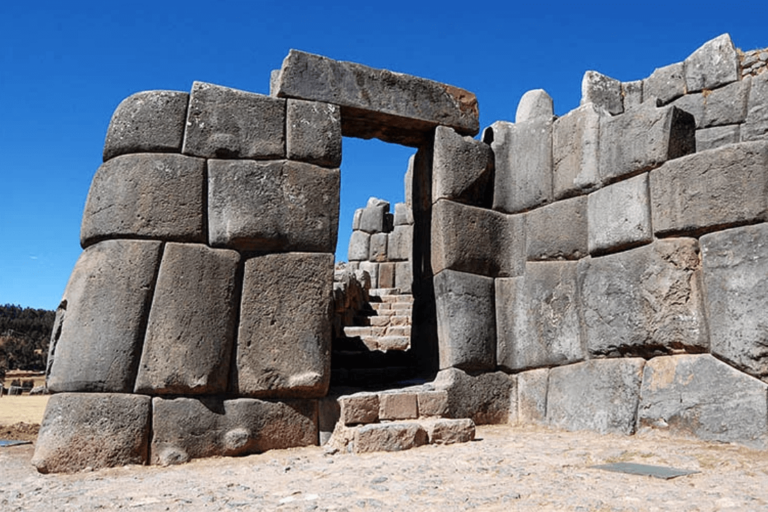
Historical Clues That Led to the Discovery
Hints about the labyrinth’s existence first appeared in 16th-century Spanish Jesuit texts. In 1594, an anonymous Jesuit wrote of a tunnel connecting the bishop’s residence to the Cusco Cathedral, suggesting that it originated from the Temple of the Sun. Another chronicler, Anello de Oliva, described multiple underground passageways beneath Cusco, noting that even during Spanish construction in the area, workers took care not to disturb the tunnel network.
These historical records guided archaeologists in their search. Before physically excavating, the team used advanced acoustic prospecting techniques to detect hollow areas underground. Once promising locations were identified, ground-penetrating radar helped create a more precise map of the tunnel system.
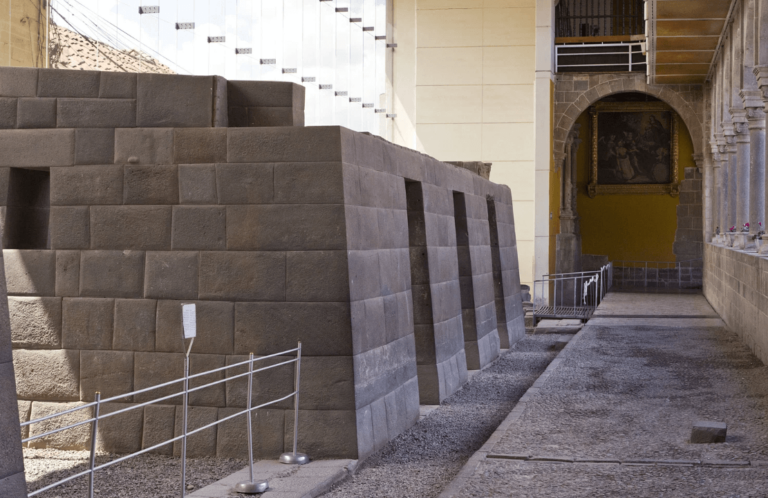
What’s Next? Unlocking the Underground World of the Incas
Now that the tunnels have been confirmed, the next step is direct exploration. Archaeologist Mildred Fernandez Palomino explained that excavations will soon begin at key entry points to allow researchers inside.
Experts believe this labyrinth may have been an underground counterpart to the above-ground streets of ancient Cusco, which was the heart of the Inca Empire. Located roughly 130 miles from Machu Picchu, the city remains one of the most important archaeological and cultural sites in the world.
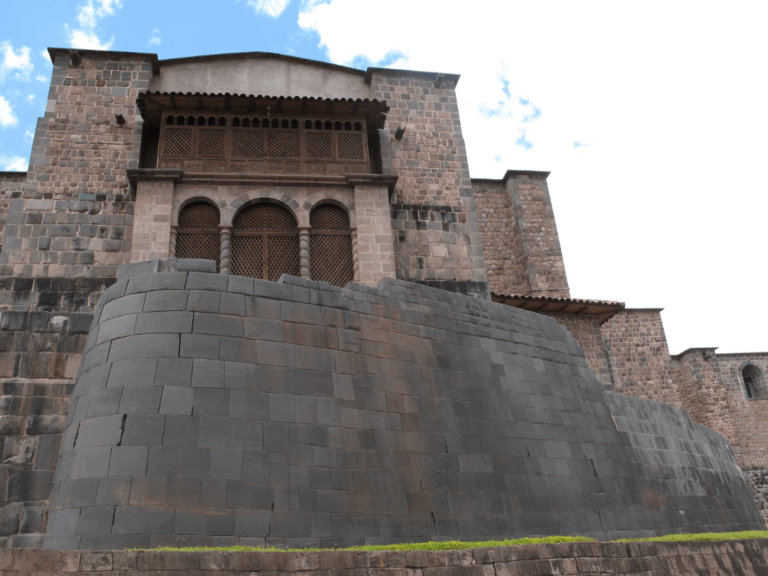
With excavation efforts underway, archaeologists hope to uncover more about the tunnel system’s original purpose—whether it served as a hidden transportation route, a ceremonial passageway, or something even more mysterious. One thing is certain: the discovery of the chincana adds yet another fascinating layer to the legacy of the Incas and their extraordinary architectural ingenuity.

